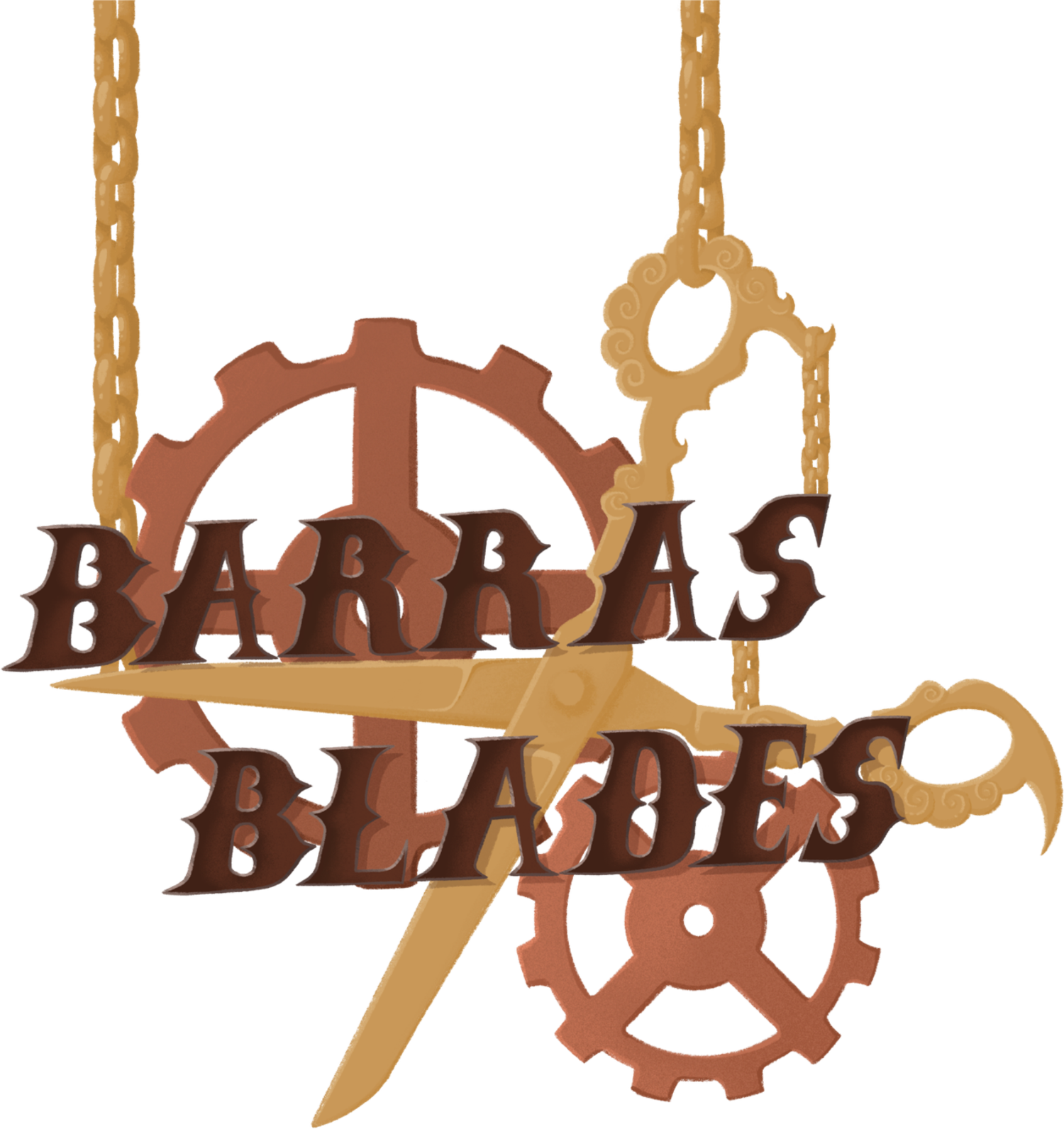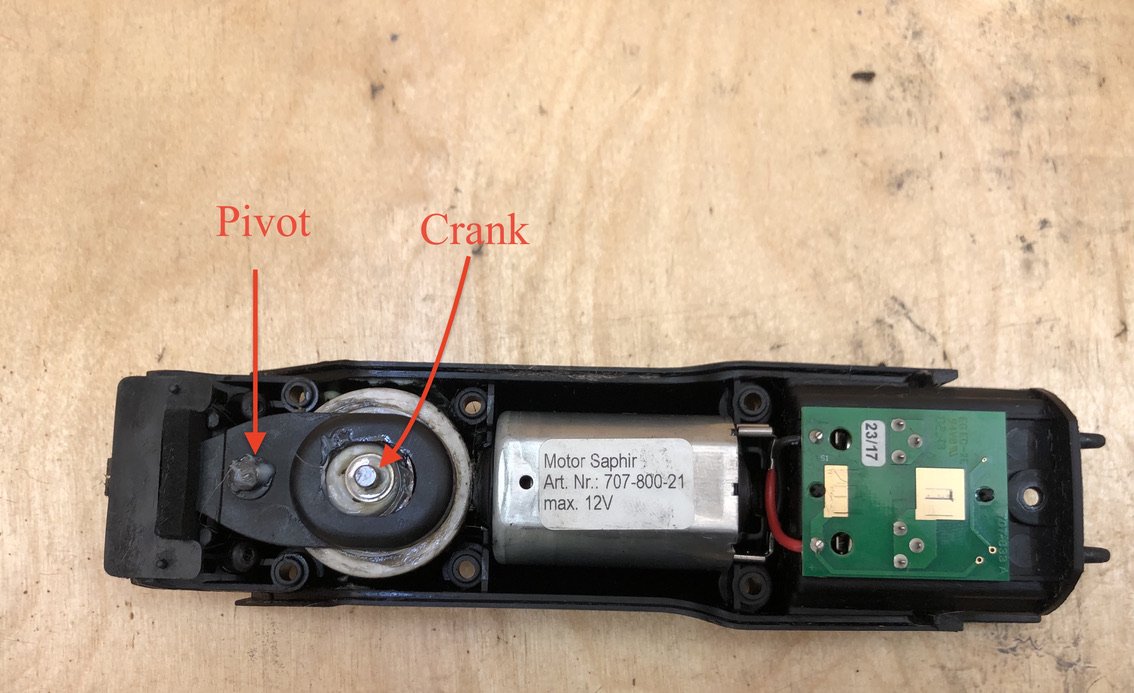Clipper care
Most articles on clipper care concentrate on the blades and tend to ignore the actual clippers. If got an article about clipper blade care so i’m not going to mention the blades here, well not much.
There is a few common factors between all makes and models of clippers which you should pay attention to.
Daily checks
A few checks todo at the end of the day
If a battery clipper put the one in the clipper onto charge
If a mains powered one unplug it and have a quick look near the clipper to ensure the insulation hasn’t cracked on the lead.
Check the blade is secure as a common make has an issue where the blade release button spring breaks
Take the blade off and clean hair off from around the drive and the blade hinge
If it has air filters give them a quick clean
Have an eyeball at the blade drive and see if it has rounded off Blogpost
Air Filters
As your clippers use electricity to do some work you are going to get some waste heat from the motor. This heat needs to be removed from the internals as if you don’t then the heat will build up and the magic smoke will escape. The more powerful your clippers and more heat needs to be removed. For little hand held battery powered clippers there is little heat build up so these don’t need external cooling air. For more powerful clippers for livestock then these build up more heat so will need to have some cooling. The only practical way to cool them is by air. As you are clipping hair while using them then this air will be full of hair so it needs to be cleaned before going into the clipper. To catch the hair a filter is put over the air inlet. As this filter catches the hair it gets more and more clogged allowing less air in.
To keep you clippers cool these need cleaned regularly
Before cleaning
Loads of air trapped in the mesh which will be stopping air from getting through
After cleaning
A quick blast with the airline and the filter is clean.
Typically your clippers will have some slots on the side with a fine wire mesh in/under them. This will have a small screw in the middle of it. You remove this and the filter pops off.
A few pictures of typical examples
Oyster A5
First up is a dog clipper. An old fashioned Oyster A5 clipper which has two clip in filters on the top of it. This machine had one missing and the hair was interfering with the motor
Liveryman Arena
This is a more typical filter setup on a livestock clipper. Wolseley and Masterclip machines use a very similar system. Undo the central screw and pull it out then you can clean it out.
You can see all the hair that has built up under the clipper as this hadn’t been cleaned in ages. This needed a damn good clean out
Lister Star
I quite like the lister star system where the filter just clips in and out. You can also buy replacement filters for not very much. This is one from the hire fleet which comes with 2 spare filters.
That is 3 different systems on 3 different clipper manufacturers that should be enough for you to get the rough idea of what is going on with them.
The Andis AGR range and the Heiniger Saphir/opals don’t have any external air cooling so don’t worry about it.
Lubrication
For dog grooming clippers it is rare for the clipper themselves to need lubrication as all of the gubbins that needs grease or oil is internal. This is normally done when the blade drive is changed.
The internals of a heiniger Saphir
For horse clippers the blade drive is normally needing lubricated which will be done at the same time as the blade being lubricated
Each machine is different but it is common that there will be ports or holes in the head which needs a few drops of oil.
The user manual will show you where to do this, finding the user manual is a bit more troublesome
Heiniger are wonderfully easy to find a manual as they keep them all on their website LINK HERE
Wolseley are not quite as easy but have all the manuals in their support section of the website LINK HERE
Storage
Be kind to future YOU
What do I mean by that? Quite simple really. You want yourself in the future to find a set of clippers ready for use. You don’t want future you to find a set of clippers thrown in a cardboard box at the back of the tack room covered in hair and with a set of rusty blades which need sharpened.
If you follow that principle then you should be good to go.
What not todo
Everything thrown into a bag still covered in hair
Cable management
Another not to do.
It is very tempting to take the power cable and to wrap it around the nice round clipper body. It looks lovely and tidy but it is a bad idea.
See the cable coming out of the clipper it is bent quite tightly back on itself. This can lead to internal damage to both the cable and it’s mount.
If a cable has an internal breakage it is where it comes out of the clipper
From the hire fleet. The cable is in the proper track in the case. The cable is reasonably neatly coiled into the box. It is reasonably clean and there is some oil on the blades.
I can put this away for 6 months and it will be fine when it comes out of storage.









